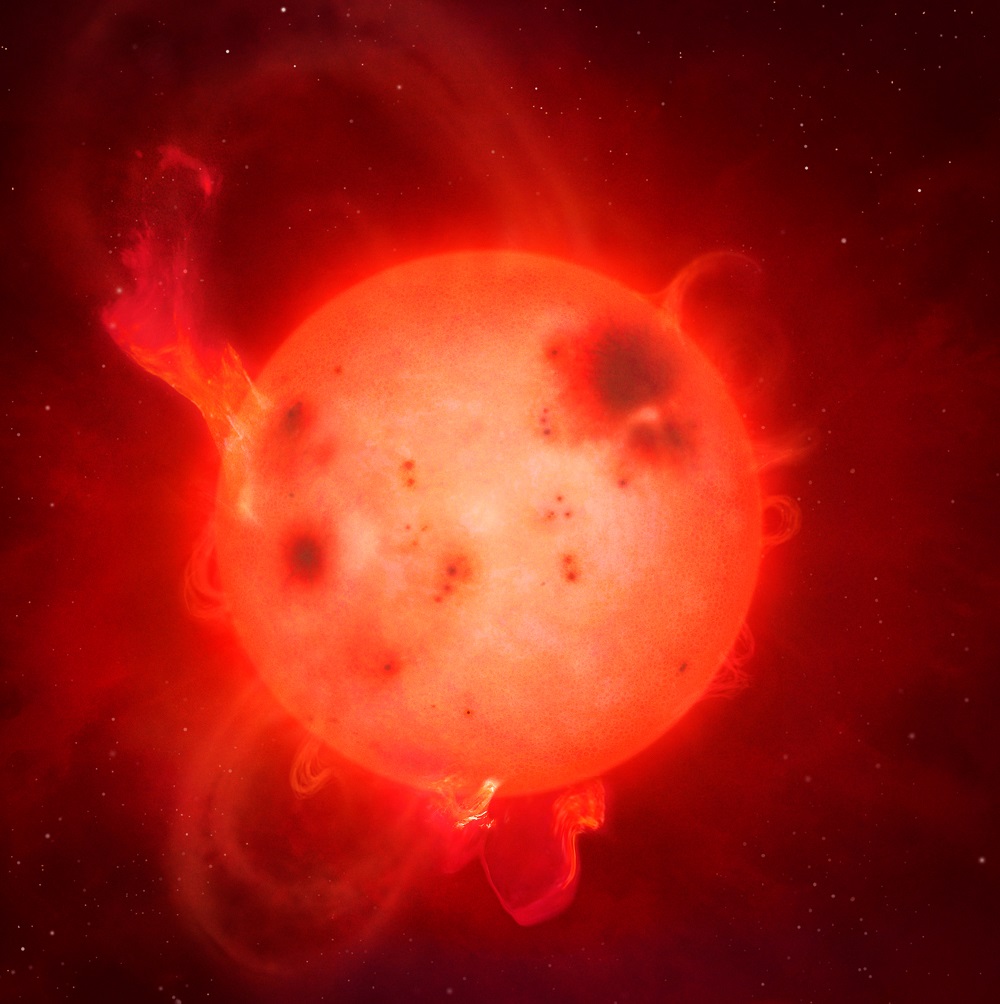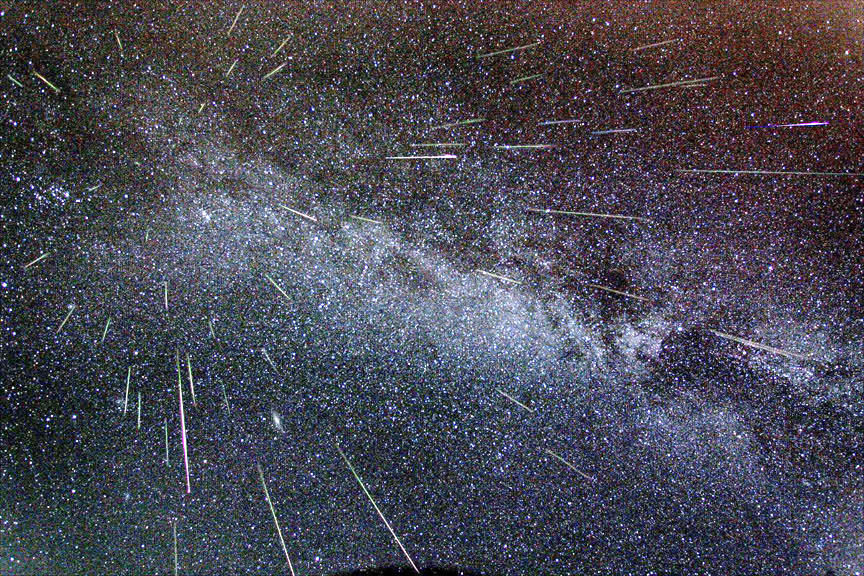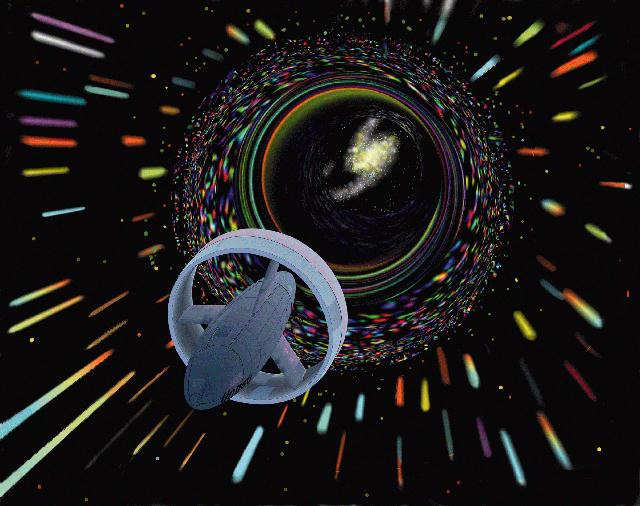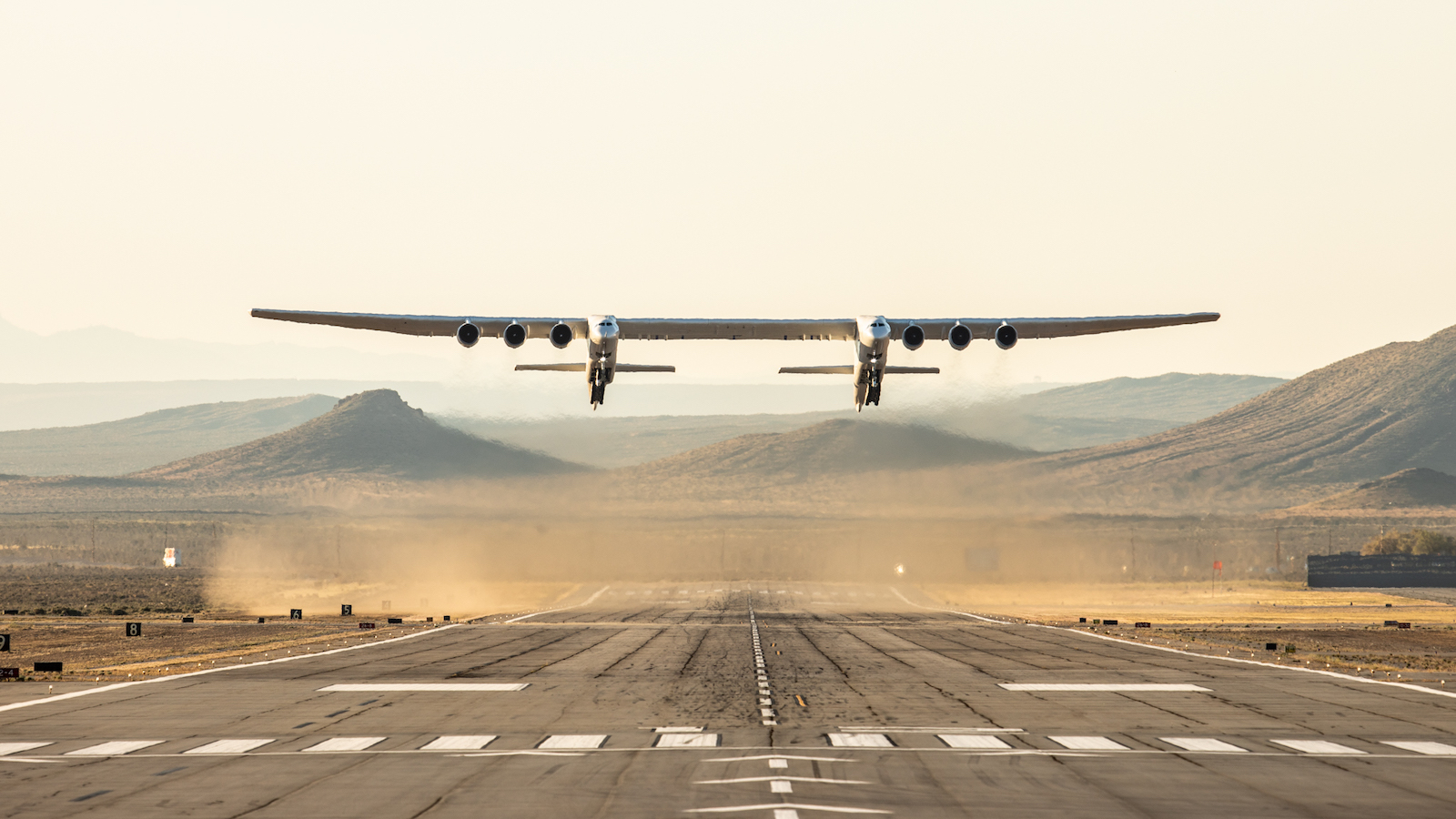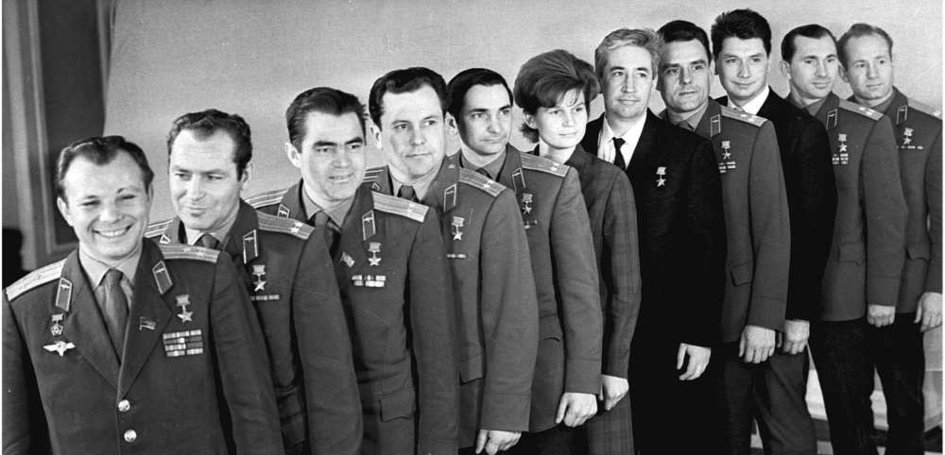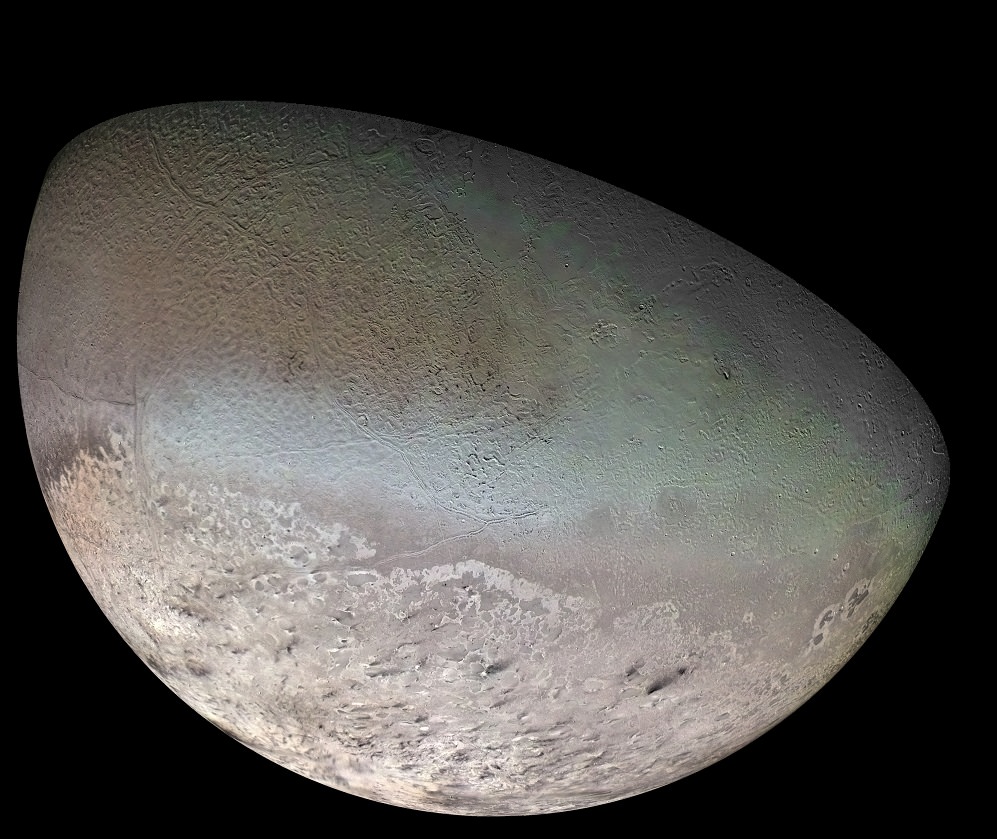In the history of spaceflight, only one nation has made contributions that rival or supersede those of the Soviet Union or Russia. While the Soviets are credited with making the historic firsts that launched the “Space Age“, the contributions made by Russian scientists predate this period considerably. In terms of theory, the history of Russian space exploration goes back to the 19th century.
However, as with the United States, the practice of sending missions to space did not begin until after World War II. It was at this time, during the fabled “Space Race” between the east and the west, that the Soviet Union conducted several pioneering missions in robotic and crewed spaceflight. These contributions have continued since the collapse of the Soviet Union in 1991, ensuring Russia’s continued role as a superpower in space.
Continue reading “Soviet/Russian Space Missions”
